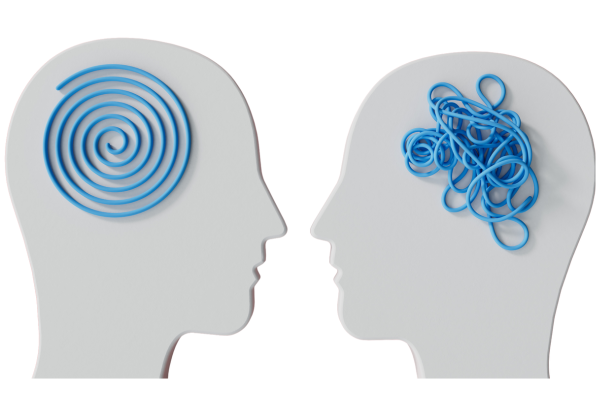Monday
UncategorizedMeditation and the Amygdala: Mediating Emotions in the Brain
By John Light
An Excerpt from the Shambhala Online Blog, posted April 29, 2024
How does meditation affect the amygdala? Much has been written about meditation and the amygdala, but almost all of it was written from the perspective of 20th century understanding of the brain. The advent of the 21st century has been accompanied by a new understanding of how the brain works and how emotions are caused, experienced, and expressed.
The neuroscience of emotion was completely rewritten by Lisa Feldman Barrett starting 20 years ago, and its implications are only slowly filtering out to other fields. In this article, we will explore the effect of meditation on the amygdala and on emotions.
The Old View of the Amygdala
Before the great imaging advances of the 21st century, figuring out what the soft bits in the brain do was not just difficult; it was often misleading. The primary method of finding out what any part of the brain does was for (typically) a psychiatrist to treat someone with a brain lesion. The lesion might be obvious, like a physical trauma to the skull, or it might be subtle, identified by x-rays or postmortem analysis.
The psychiatric literature is full of studies of various types of lesions, symptoms, and behaviors. One of the most apparent correlations was that injury to the amygdala often resulted in either abnormally heightened or abnormally lessened fear responses in patients. Connecting these important changes in behavior to such lesions resulted in the amygdala being assigned the designation as “the fear center” of the brain. This reputation as “the fear center” is undeserved.
In the 1980s and 1990s, as we developed rudimentary methods of measuring the size of the amygdala, many studies were performed trying to find:
- What variations exist in the size of the amygdala between individuals?
- What variations in amygdala size affect behavior and health?
- Specifically, what is the correlation of amygdala size and fear responses and behaviors?
These include studies that correlated amygdala size with fear.
Notable among the studies were tests on the amygdalae of meditators and the effects of meditating. The amygdalae of meditators were generally smaller, and the effect of extensive meditation tended to reduce amygdala size. The amygdala seemed to be connected with fear, so “smaller is better,” as the thinking went.
The New View of the Amygdala
The advent of fMRI just before the turn of the century changed much of what we know about how the brain works. fMRI stands for functional Magnetic Resonance Imaging. MRI had existed since 1971, but during the 90s it was extended (fMRI) to image blood flow, which allowed the operation of brain regions to be inferred and changes measured in living beings.
The short story of what we learned from fMRI is that the amygdala works with the other parts of the limbic system, the prefrontal cortex and hippocampus, to direct the brain in a whole new way than had been previously understood.
Among the roles the amygdala has is as the first responder when we are surprised. This is similar to the old view of the amygdala’s role, but it encompasses all kinds of surprise, primarily found by the thalamus, but also by other parts of the sensory cortex and all of the autonomic nervous system. I’ll say more about what surprise is in this context later.
Many of the amygdala’s roles involve constructing a model of the world our body inhabits and how our body might need to respond to that world.
The amygdala isn’t the enemy. It is an important ally in our ongoing struggle to survive in a sometimes hostile world.
Meditation and the Amygdala: How Emotions Work
You can read about this new understanding of how emotions work in Lisa Feldman Barrett’s book How Emotions are Made: The Secret Life of the Brain. Her view has been completely adopted by the neuroscience community. She is the Distinguished Professor of psychology at Northeastern University and is on the neurology faculty at Harvard Medical School. Her TED talk is a classic.
The explanation is complex, as it must be do cover emotions, but I will give a short version.
To continue reading Meditation and the Amygdala: Mediating Emotions in the Brain please visit the Shambhala Blog here.






